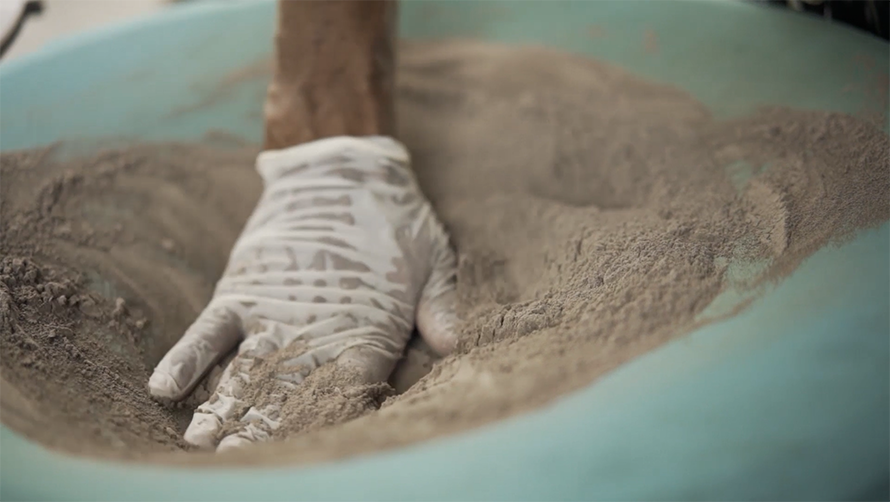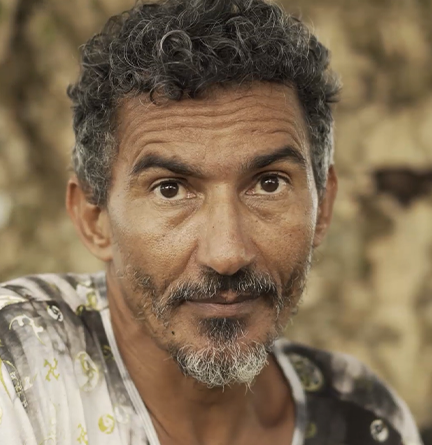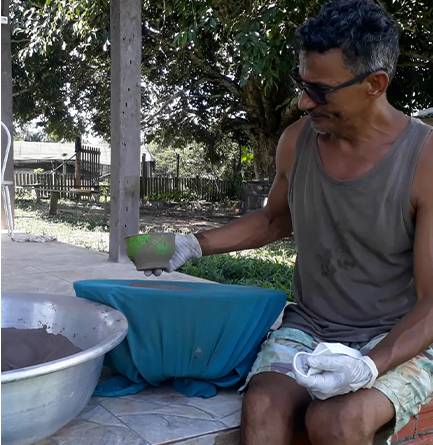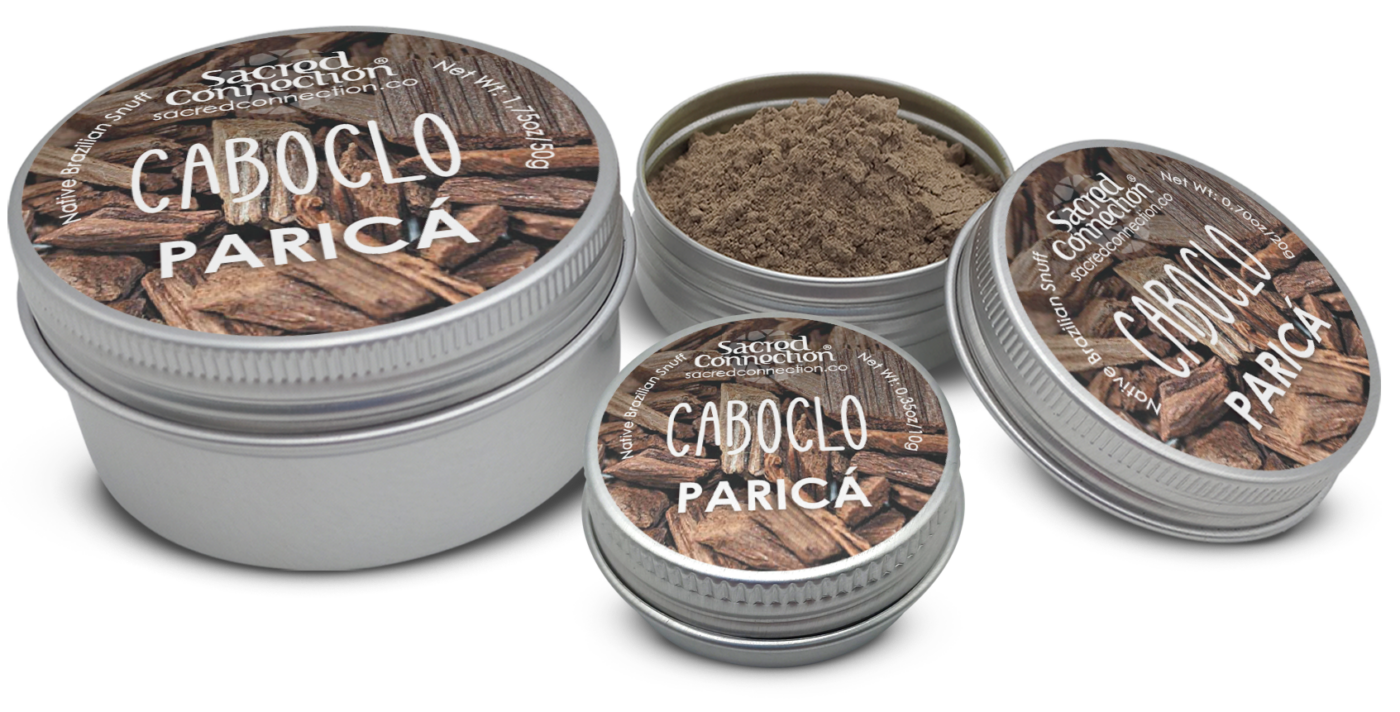A Journey of Enlightement: Rapé Maker Jesse tells the story behind the creation of his Paricá Rapé
The Meaning of Caboclo
In Brazilian culture, more specifically to the peoples that reside in the Amazon Forest, the word Caboclo carries the weight of the unification of different cultures: people considered to be caboclos are of mixed ancestry, often a genealogical combination of European, Indigenous and African heritage and genetics. This fusion also means the integration of distinct customs and practices in the daily lives of communities composed by them. Shamanic Snuffs created and produced by caboclos often carry the same designation, and reflect the mixed aspects of all cultures that make up their individual history and lineage.
Such rapés are usually considered to be amongst the most potent variations of this sacred medicine, as their recipe seems to usually carry rustic tobacco leaves, and there are local historical records telling of the use of Caboclo snuffs being used by Pajés (shaman healers) in their spiritual journeys, during ceremonies and rites, especially those intended for healing and those that involve meditation and transcendency.

A Tree of Many Names
Brazilian Fire Tree, Tower Tree, Fern Tree, Xinxá, Paricá, Pashaco, Cerebó, Schizolobium amazonicum. This outstanding plant is native to the Central and South Americas, often found in the regions spanning from Colombia, Peru, the south of Venezuela, and the northwest region of the Brazilian Amazon. It is a tree that can produce a generus amount of seeds, growing to be quite tall, standing at around 25 meters high, when mature, in a relatively short span of time (around 4 to 5 years).
It flourishes in hot, tropical weather, and its trunk, although seemingly thin, is actually quite robust and resistant. Its crown becomes alive and bright with spectacular shades of yellow as its flowers bloom, filling the air with a unique, delightful perfume.

Culturally speaking, its fruit has been used as a therapeutic treatment for respiratory and reproductive issues, while the gum of its bark is commonly used in the making of infusions, syrups, and even paints. This extract can be brewed into medicines meant to alleviate coughing and the symptoms related to contusions and rheumatism.
To see the Paricá tree in its natural habitat and learn a little bit more about it, check out this video! Just remember to turn on the English subtitles.
The Mastermind’s Journey
Jesse Nunes de Paula, a Amazon Forest born and raised Rapé maker, shares with us the intricate and experimental journey he’s undergone with his studies of medicinal plants, from taking shamanic snuffs that were commonly used by his brothers all the way to the enlightenment that resulted in the creation of something new and unique, that is now known amongst countless members of his community and practitioners of natural medicine around the world.


In an interview for Sacred Connection, he explains that the creation of his Caboclo Paricá Rapé was “an experiment, a revelation.” Its name comes from a tree that is usually referred to as Xixá, but which Jesse refers to as Paricá; this plant was a source of inspiration and insight, as it represents and offers, as part of the snuff, a deep connection with Mother Earth’s powers. Jesse explains that this potent energy can be felt especially around the head area, but that, by taking his rapé, people can feel it flowing all through their body.
This master rapé maker then outlines how sharing his and his brothers’ rapés with the world have helped his village and people thrive, as the income generated from these sales brings sustainability, helping them work with the natural resources that surround them, while also being yet another reason to aid in the process of reforesting, as each sacred medicine asks for different kinds of plants natural to the indigenous regions they occupy.
Embark on this bright journey with our brother, Jesse, and learn all about his Caboclo Paricá rapé!

